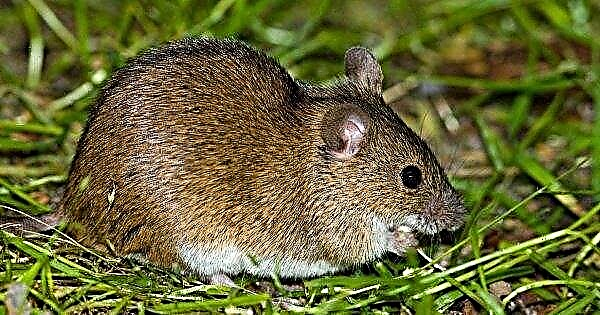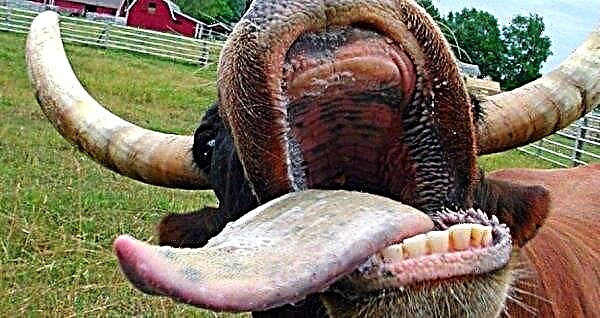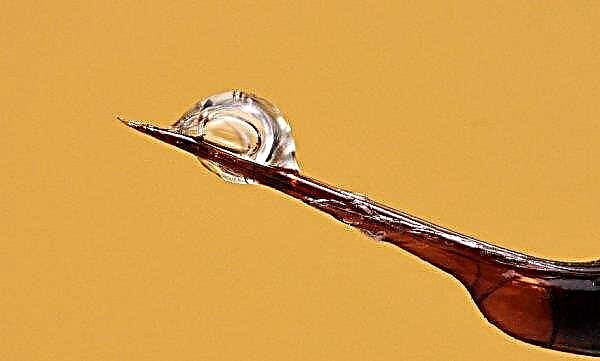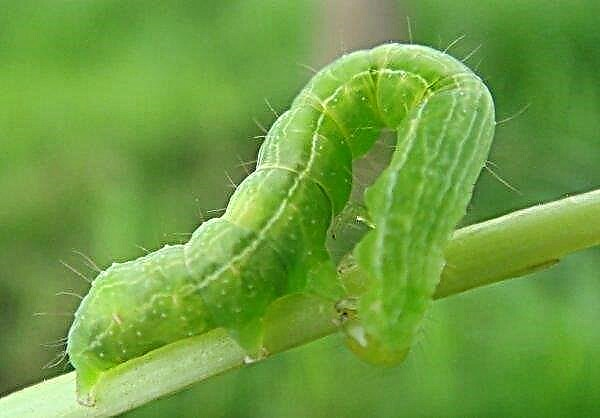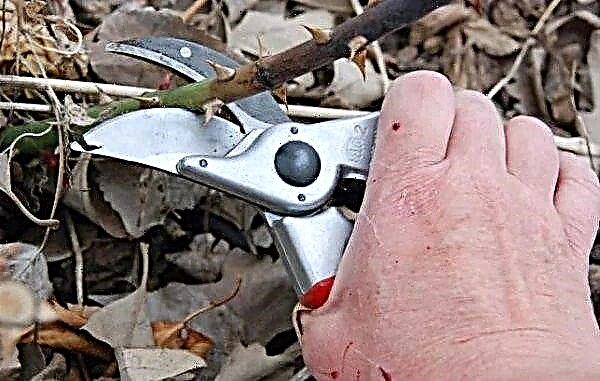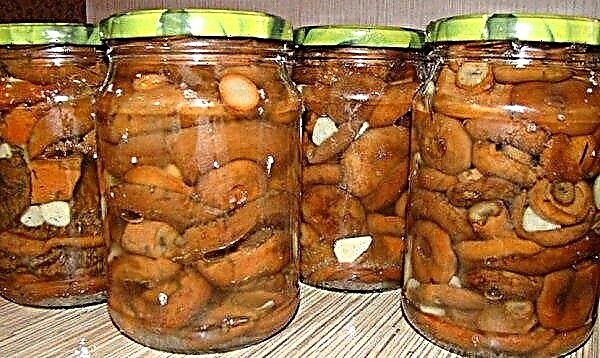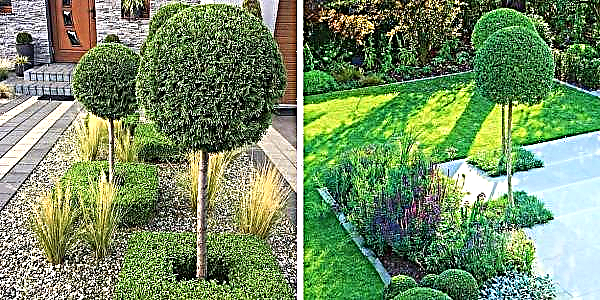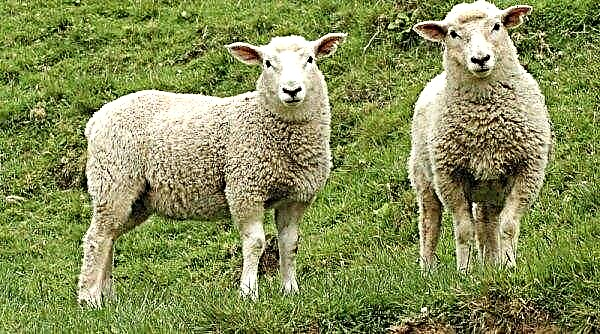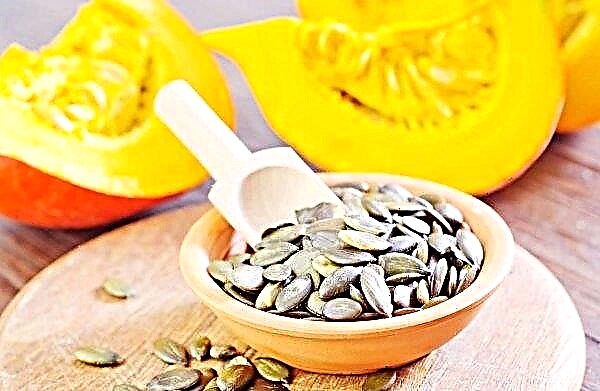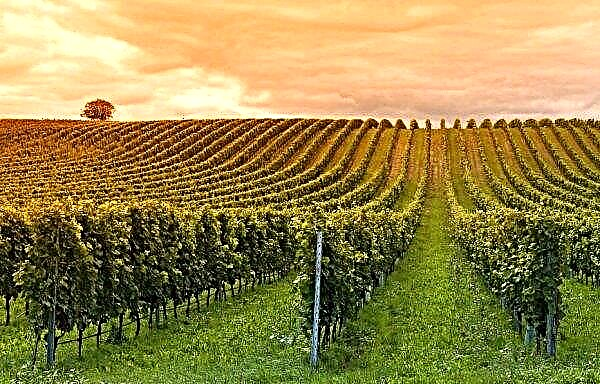Rotting pepper in a greenhouse right on the bush indicates the development of one of the serious diseases. Before starting treatment, the grower must determine what the plant rots from and what associated factors are observed. Consider the problem in more detail in the article.
The main causes of rotting pepper in a greenhouse
A number of reasons why peppers deteriorate is very extensive. Their common feature is a violation of agricultural standards.
Excessive watering
According to agricultural standards, pepper needs moderate watering. It is possible to irrigate the soil only after drying 3-4 cm of the top layer. Excessive moisture leads to stagnation of water, which contributes to rotting of fruits and tops. The risk of rotting increases sprinkling, in which not only the soil but also the green part is irrigated.
Important! The optimum water temperature for irrigation is from + 26 ° C.
Incorrect soil
Soil suitable for growing pepper with the following indicators:
- low acidity with pH in the range of 6.0–7.0;
- the presence of humus;
- low salt levels;
- friability.
 These characteristics include chernozem, sod meadow, chestnut, chernozem meadow, gray and dark gray forest types of soil. Solonchak, peat-bog, podzolic, carbonate, permafrost taiga and sod-podzolic land are less suitable for planting peppers. In a greenhouse, these types of soil contribute to the development of rot due to poor air permeability. In this case, the root system develops up to 15–35 cm with a norm of 60–80 cm. Because of this, the bush receives less nutrients and does not show resistance to the development of diseases.
These characteristics include chernozem, sod meadow, chestnut, chernozem meadow, gray and dark gray forest types of soil. Solonchak, peat-bog, podzolic, carbonate, permafrost taiga and sod-podzolic land are less suitable for planting peppers. In a greenhouse, these types of soil contribute to the development of rot due to poor air permeability. In this case, the root system develops up to 15–35 cm with a norm of 60–80 cm. Because of this, the bush receives less nutrients and does not show resistance to the development of diseases.Bad light
Peppers need bright, diffused lighting. Sunlight affects photosynthesis and promotes plant development. With its deficiency, the viability of the bush decreases: the tops fade, the flowers fall, small fruits form, and the resistance to diseases decreases. In such conditions, infectious pathogens actively spread and infect healthy plants.
Irregular ventilation
Stagnation of air in a greenhouse is fraught with increased humidity of air and soil. Moisture settles in the form of condensate, which accompanies decay of the plant. Regular ventilation of the greenhouse eliminates this problem. The easiest method is to open the windows every day in greenhouses made of polycarbonate and raise part of the polyethylene in the film tunnels.  Farmers and agricultural enterprises use automatic ventilation systems, for the operation of which constant monitoring is not necessary.
Farmers and agricultural enterprises use automatic ventilation systems, for the operation of which constant monitoring is not necessary.
Important! When airing, drafts should not be allowed.
High humidity
The optimum humidity for peppers is 60%. High moisture levels are a comfortable environment for fungal rot. In such conditions, the infection takes root and spreads to other plants in the greenhouse.
Low temperature
Air temperature affects the viability of the bush, its resistance to infections and the ability to be saturated with nutrients. The culture grows at a temperature of +18 ... + 22 ° C.
At indicators of +12 ... 18 ° C, growth slows down. In conditions below + 12 ° C, pepper does not develop. The critical level at which the plant dies is + 6 ° C.
Thickened landing
Thickly planted peppers shade each other and suffer from a lack of lighting. The result of an incorrect planting scheme is a violation of the development of the root system, slow growth, lack of resistance to infectious pathogens. According to agricultural standards, the culture is planted at a distance of 0.25 m between the bushes and 0.6 m between the rows.
What rot happens
Rot has many types, which manifest themselves in different ways. In order to resort to competent treatment, it is important to determine the exact diagnosis.
Stem rot
Description. The disease manifests itself in the form of brown depressed spots on the stems. At the initial stages, the base of the trunk of peppers rots, while the coating is white. If left untreated, rot spreads throughout the shoot. Small dots of brown hue appear on the leaves. Over time, in the center of putrefactive lesions, black blotches - pycnids become noticeable. This is a physical manifestation of fungal spores that spread throughout the tops. Causes. The causative agent of stem rot is Didymella Lycopersici. Improper care leads to the disease:
Causes. The causative agent of stem rot is Didymella Lycopersici. Improper care leads to the disease:
- increase in temperature in the greenhouse above + 24 ° C or its decrease below + 18 ° C;
- sprinkling;
- insufficient fertilizer with nitrogen and phosphorus based products.
Did you know? 30–40 g of raw bell pepper should be eaten in order to replenish the daily intake of vitamin C.
Vertex rot
Description. Vertex rot manifests itself on the tops of fruits in the form of swamp-colored spots. The affected area dries out over time, becomes dark green and increases.
Causes. Among the main causes of the development of the disease are:
- an overabundance of nitrogen, magnesium and potassium fertilizing;
- deficiency of phosphorus, calcium and manganese;
- unsuitable soil;
- low temperature;
- high humidity;
- intense light;
- excessive watering;
- jumps in moisture;
- damage to the root system.
White spotting
Description. White spotting, or septoria, first appears on the leaves in the form of fringed white blotches. Over time, they increase, forming a large white spot. The leaves dry, and spores spread to the fruits and shoots.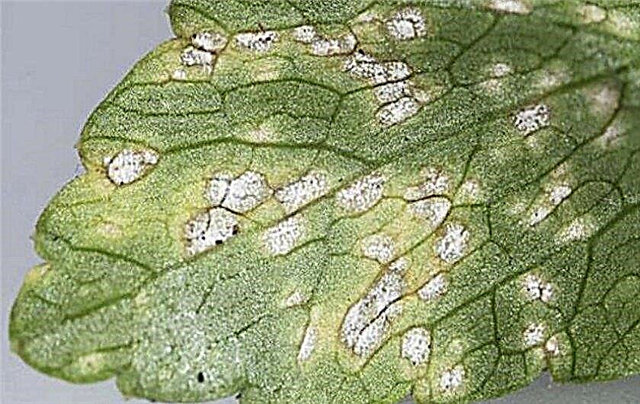 Causes. The cause of the disease is the presence of fungal spores in the soil. The plant loses resistance to them under the following factors:
Causes. The cause of the disease is the presence of fungal spores in the soil. The plant loses resistance to them under the following factors:
- humidity is more than 80%;
- temperature is above or below normal.
Gray rot
Description. At the base of the trunk and on the leaves moist spots of brown color appear. Fruits are covered with spots of olive shade. Over time, gray putrid plaque appears on the affected areas. Causes. The bushes are affected by the fungus Botrytis cinerea, whose spores can be found in the soil. Factors that contribute to the development of the disease:
Causes. The bushes are affected by the fungus Botrytis cinerea, whose spores can be found in the soil. Factors that contribute to the development of the disease:
- greenhouse shelter made of polyethylene;
- temperature over + 20 ° С;
- high humidity;
- mechanical damage to the plant;
- dense landings.
Did you know? Wild pepper is found in tropical areas of America.
The vegetable grower with the appearance of putrefactive spots on peppers in a greenhouse should focus on determining the cause and its elimination. If the bush is treated on time, the disease will not affect the quality of the intact fruit.

